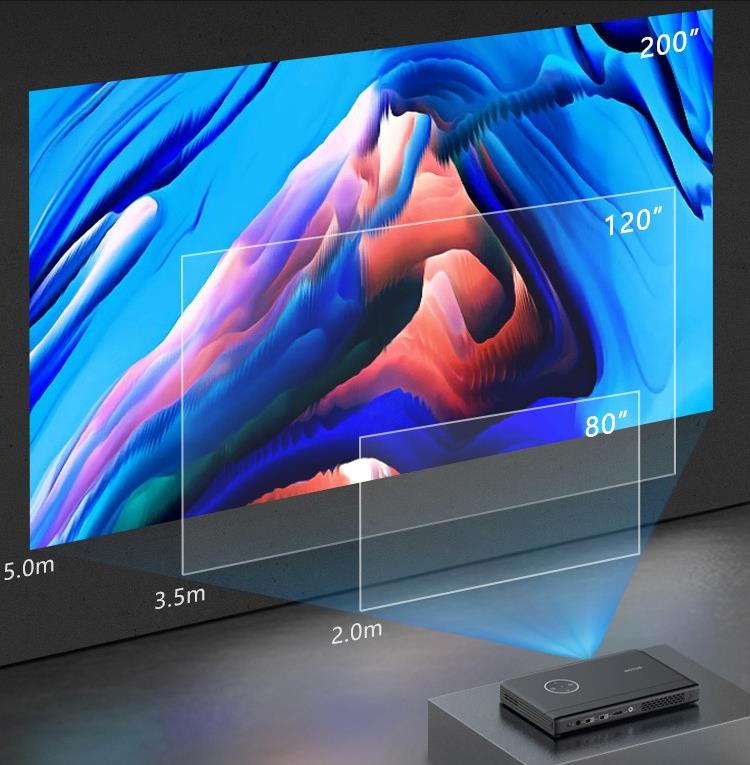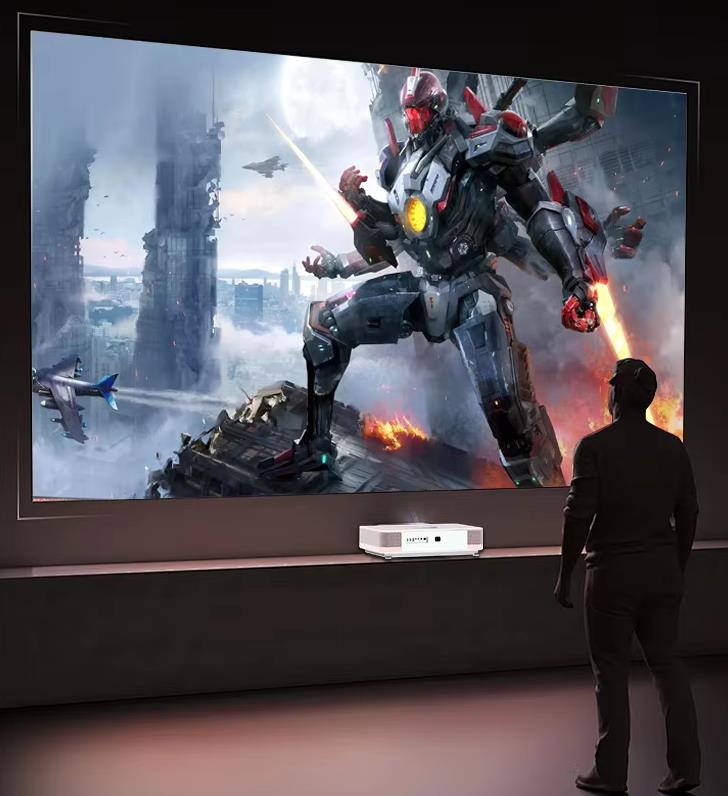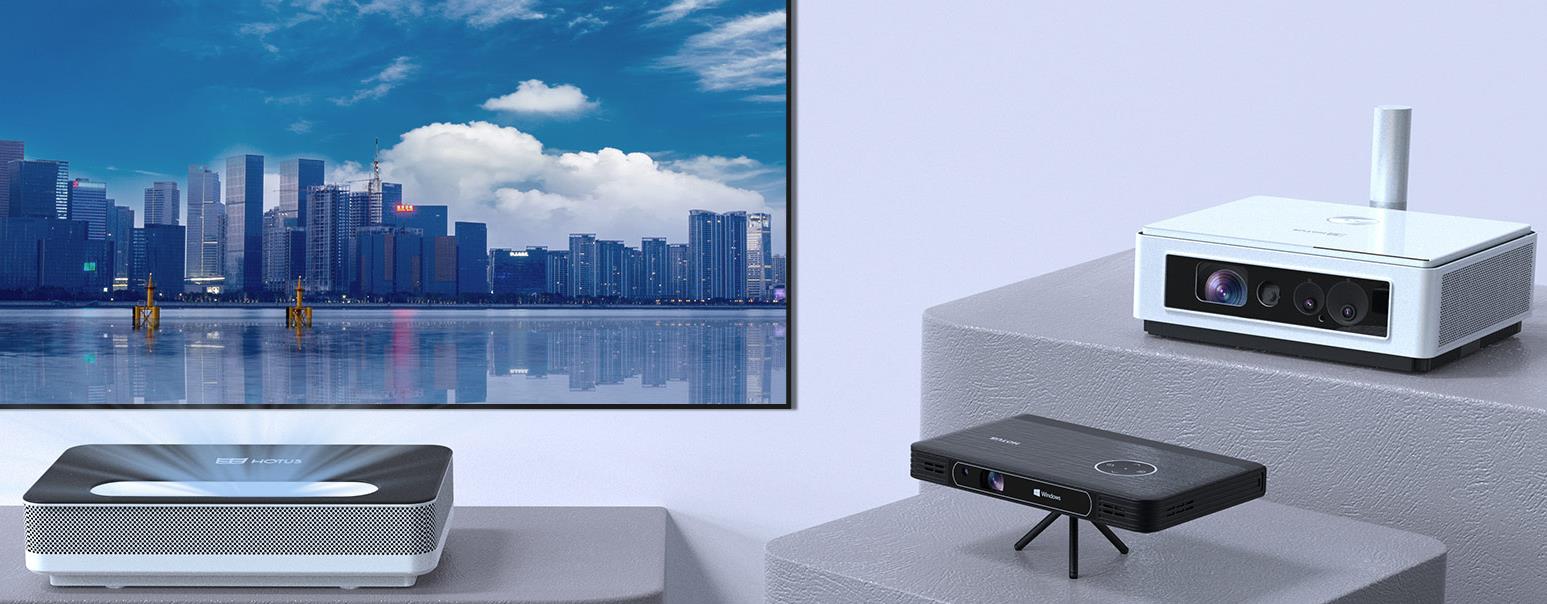- Select Language
The X501 Handheld PDA combines advanced barcode sc...
Choosing the right projection method is essential for optimizing your viewing experience and installation flexibility.
Front projection, rear projection, and side projection each have distinct advantages and applications.
Understanding their differences will help you select the best solution for your needs.

Front projection is the most commonly used method in home theaters, business presentations, and classrooms. The projector is positioned in front of the screen, casting light directly onto the display surface.
Requires sufficient throw distance (short-throw projectors help in small spaces).

Rear projection uses a translucent screen with the projector placed behind it. Light passes through the screen, creating an image visible to the audience. This method is ideal for exhibitions, stage performances, and control rooms.
More complex maintenance and adjustments.

Side projection involves positioning the projector at an angle instead of directly in front or behind the screen. This setup is useful for installations where conventional placement isn’t feasible, such as art exhibitions or immersive environments.
Requires high-end projectors with precise correction features.

Each projection method has its strengths and ideal use cases. The best choice depends on your space constraints, viewing requirements, image quality expectations, and budget. With advancements in projection technology, modern projectors now offer automatic correction, short-throw capabilities, and enhanced brightness, making them adaptable to different environments while delivering high-quality visuals.